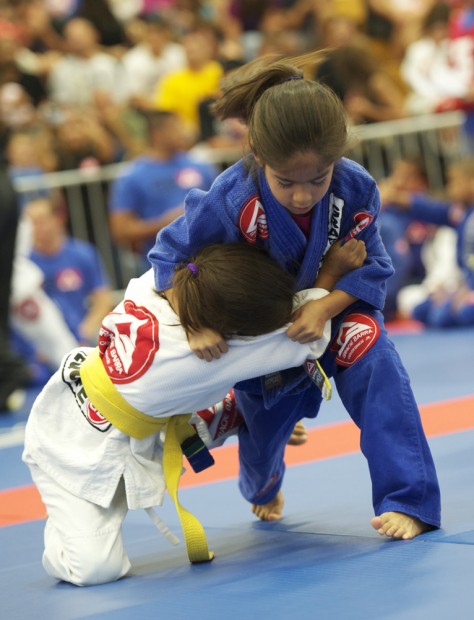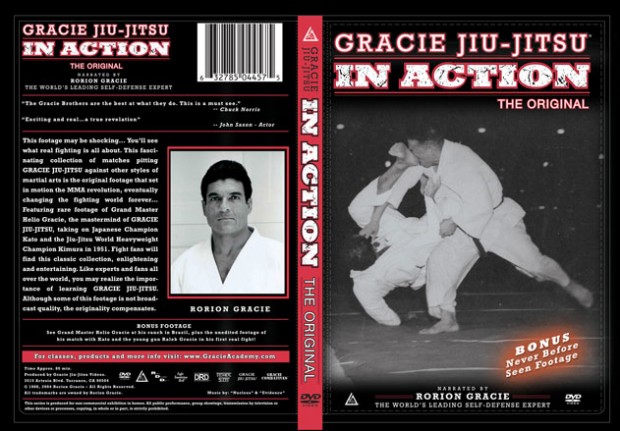Got Takedowns? Is Your BJJ Missing This Important Area?
Recently in my classes, two different students separately approached me and asked why it was a wise use of their training time to learn takedowns? They explained that in sports bjj tournaments, that in the majority of times, one competitor would immediately pull guard, completely bypassing the stand-up fighting.
A fair question, as a guard player can totally avoid the strong takedowns of a wrestler or judo player by dropping to their guard. Many sports bjj competitors will enter a competition with their primary strategy being to pull half or full guard and work from there. The points system doesn’t strongly emphasize takedowns or penalize for jumping to guard.
My answer to the students was in two parts:
1) They were correct, that it IS possible to avoid stand-up grappling in sport bjj competition (and in rolling inside the academy) by just dropping to guard.
2) Sports bjj rules and strategy are only one expression of bjj. All of the other expressions require one to have some level of standing grappling ability. It bears reminding that in ALL of the other grappling /wrestling disciplines in the world, being on top is considered the superior position.
See: The 5 Expressions of Brazilian Jiu-Jitsu
I elaborated by saying that I felt it was my responsibility as an instructor to make them the best grappler that I could, not only focusing on sports bjj. In fact, the majority of the students in most academies will not be entering a tournament and are training bjj for other reasons such as fitness and self defense.
Being a well rounded grappler involves training takedowns and at least acknowledging that in many situations on the ground, introducing strikes to the equation changes things! With the threat of being hit, the prospect of being on the bottom suddenly is not as attractive!
In the early days of the Gracie family in North America, “dojo challenge matches” were not uncommon. A stranger would show up at the academy (frequently a martial artist from another discipline) and ask for a fight. The students would clear off of the mat and the fight would begin, ending only when one of the combatants tapped or was rendered unconscious.
* Search for “Gracies In Action” to witness some of these early challenge matches.
I asked the students what they would do in such a scenario? Would they jump to their backs and invite the opponent to freely get on top (with punches from the top soon to follow)? Obviously the answer is “No!”
In a tense street or self defense situation, would you fall back to the pavement and invite the aggressor to start in your butterfly guard? Would they allow you to secure your sleeve grips before trying to punch you in the face?
There is a very funny video making fun of this scenario that is also food for thought: Do you have enough skills to be confident in taking down an opponent in one of these non-sports bjj scenarios?
Most students of brazilian jiu-jitsu know that modern bjj evolved from judo. Today, the two sporting aspects of the arts have diverged to the point that someone roughly described the difference between the two as:
Judo is 90% standing and 10% on the ground
Bjj is 90% on the ground and 10% standing
The actual percentages are debatable, but the point is made that emphasis is different for each art.
The question becomes: How much takedown training do I need to do for bjj?
My opinion is that you should develop solid skills with a smaller number of takedown techniques that fit your body type and preferences. If the bjj student can regularly drill three different takedowns (that are complimentary and work in combination) then they will develop the ability and confidence that they can execute it when the situation requires. The judo “Gokyo” or syllabus contains 67+ throws, but for the purposes of a bjj student, doing a handful WELL is really what they need.

Do not neglect this important part of your grappling and spend some time each week drilling the entries to your favorite takedown techniques!
Please share in the comments your favorite judo or wrestling takedown.
Credits: Mark Mullen
Gracie Barra Black belt based in Taipei, Taiwan
Twitter: @MarkMullenBJJ
END


